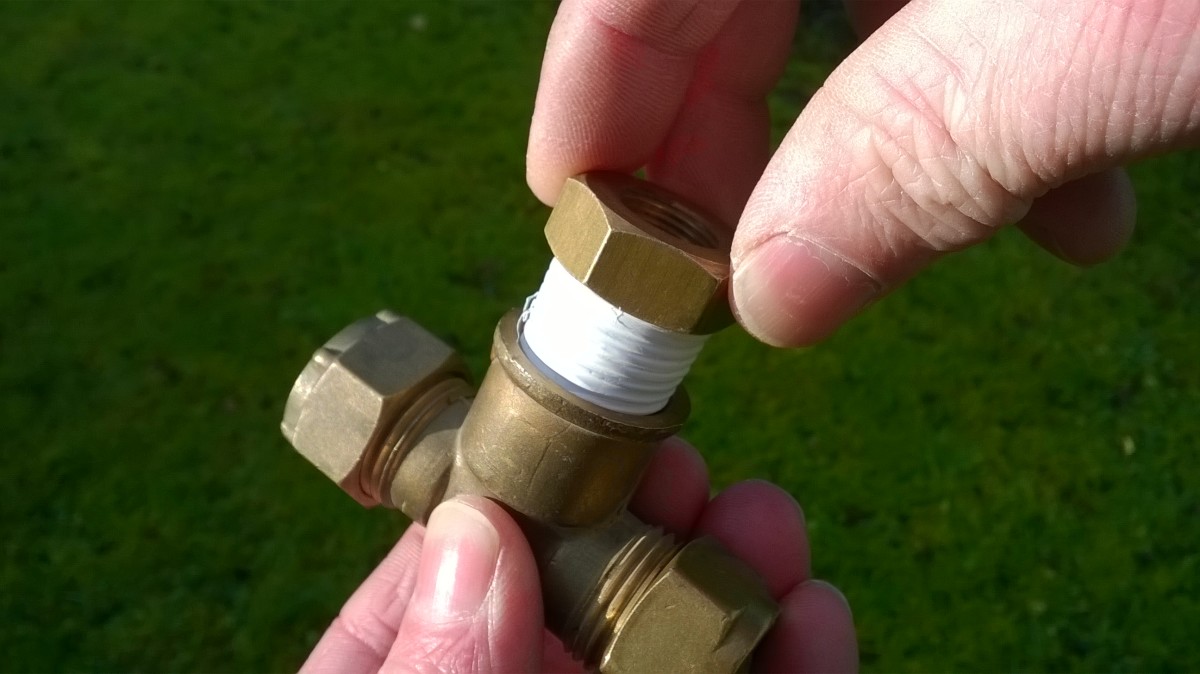

Articles
How To Tighten Plumbing Fittings
Modified: December 7, 2023
Learn how to tighten plumbing fittings with our informative articles. Get expert tips and DIY solutions to ensure your plumbing is secure and leak-free.
(Many of the links in this article redirect to a specific reviewed product. Your purchase of these products through affiliate links helps to generate commission for Storables.com, at no extra cost. Learn more)
Introduction
Plumbing fittings play a crucial role in ensuring the proper functioning of your plumbing system. Over time, these fittings may become loose or develop leaks, leading to potential water damage and wastage. It is essential to tighten plumbing fittings regularly to prevent any plumbing issues and maintain the efficiency of your system.
In this article, we will discuss the common types of plumbing fittings, the tools required for tightening them, and the steps to effectively tighten plumbing fittings. We will also provide some precautions and tips to help you with the process. So, let’s dive in and learn how to tighten plumbing fittings like a pro!
Key Takeaways:
- Regularly tightening plumbing fittings prevents leaks, water damage, and wastage, ensuring the integrity and efficiency of your plumbing system. Understanding the fitting type and using the right tools are crucial for a secure and leak-free connection.
- By following precautions, such as avoiding excessive force, using the correct tools, and inspecting for leaks, you can effectively maintain a secure and leak-free plumbing system. Periodic maintenance and seeking professional help when needed are essential for long-term functionality.
Read more: What Are Fittings In Plumbing
Common Types of Plumbing Fittings
Before we delve into the process of tightening plumbing fittings, let’s familiarize ourselves with some of the most common types of plumbing fittings you may come across:
- Compression Fittings: Compression fittings are widely used in plumbing systems for joining pipes and fixtures. These fittings consist of a compression nut, a compression ring (also known as a ferrule), and a compression sleeve. They create a tight seal by compressing the sleeve against the pipe when the nut is tightened.
- Soldered Fittings: Soldered fittings, also known as sweat fittings, are used in copper pipe installations. These fittings require soldering or brazing to connect pipes and fixtures. The joint is heated, and molten solder is applied, which solidifies to form a strong, watertight bond.
- Threaded Fittings: Threaded fittings have screw threads on the inside or the outside, allowing them to be easily screwed onto pipes or fixtures. These fittings are commonly used in plumbing systems for easy assembly and disassembly. They require a sealant such as plumber’s tape or thread compound to ensure a tight seal.
- Push-Fit Fittings: Push-fit fittings, as the name suggests, allow for quick and effortless installation. These fittings have a specially designed mechanism that allows pipes to be inserted and securely held in place without the need for any tools or adhesive. They are ideal for DIY plumbing projects or situations where convenience is desired.
- PVC Fittings: PVC (polyvinyl chloride) fittings are used in plumbing systems that utilize PVC pipes. These fittings are available in various shapes and sizes to accommodate different types of joints, such as elbows, tees, couplings, and reducers. PVC fittings are lightweight, durable, and resistant to corrosion, making them a popular choice for many plumbing applications.
These are just a few examples of the wide range of plumbing fittings available. Understanding the type of fitting you’re working with is crucial for effectively tightening them and maintaining a leak-free plumbing system.
Tools Required for Tightening Plumbing Fittings
Before you begin tightening plumbing fittings, it’s essential to gather the necessary tools to ensure a smooth and efficient process. Here are some tools you will commonly need:
- Adjustable Wrench: An adjustable wrench is a versatile tool that allows you to tighten and loosen nuts of various sizes. It has an adjustable jaw that can be set to fit different sizes of plumbing fittings.
- Pipe Wrench: A pipe wrench is a heavy-duty tool specifically designed for gripping and turning pipes. It has a serrated jaw that provides a firm grip on pipes, making it easier to twist and tighten or loosen fittings.
- Plumber’s Tape: Also known as thread seal tape, plumber’s tape is a thin, non-adhesive tape used to provide a watertight seal on threaded fittings. It is wrapped around the threads of the fitting before screwing it into place, ensuring a tight connection.
- Plumber’s Pliers: Plumber’s pliers, also known as slip-joint pliers, are a versatile tool that can be used for various plumbing tasks. They have adjustable jaws that can grip and turn different sizes of fittings, nuts, and bolts.
- Teflon Tape: Teflon tape, also known as PTFE tape, is similar to plumber’s tape but is used specifically for sealing pipe threads. It is wrapped around the threads of the fitting to create a leak-proof seal.
- Plumber’s Knife: A plumber’s knife is a small utility knife with a sharp blade. It is handy for cutting through seals, removing old tape, or performing other small tasks during the tightening process.
These are the basic tools required for tightening plumbing fittings. Depending on the specific fitting and plumbing system you are working with, you may need additional specialized tools. It is always helpful to have a well-stocked toolbox to ensure you have the necessary tools at hand for any plumbing job.
When tightening plumbing fittings, use two wrenches – one to hold the fitting in place and the other to tighten the nut. This will prevent damage to the pipes or fittings.
Steps to Tighten Plumbing Fittings
Now that you have gathered the necessary tools, let’s dive into the steps for tightening plumbing fittings:
- Identify the fitting: Determine the type of fitting you need to tighten. This will help you understand the specific method required for tightening.
- Prepare the area: Before tightening the fitting, ensure the area around it is clean and free from debris or excess water. This will make it easier to work on the fitting and prevent any potential issues.
- Use the right tool: Select the appropriate tool for the fitting you are working with. Adjustable wrenches and pipe wrenches are commonly used for tightening fittings, but make sure to use the correct size and type of wrench for a secure grip.
- Hold the fitting: Use one hand to securely hold the fitting in place. This will prevent it from moving or rotating as you tighten the nut, ensuring a stable and secure connection.
- Tighten the nut: With your other hand, use the wrench to tighten the nut in a clockwise direction. Apply firm and even pressure, but be careful not to overtighten, as this can damage the fitting or cause leaks.
- Check for leaks: Once the nut is tightened, inspect the fitting for any signs of leakage. If you notice any leaks, gently tighten the nut a bit more until the leak stops. However, be cautious not to overtighten, as it can lead to other issues.
- Recheck periodically: Plumbing fittings can loosen over time due to vibrations or changes in temperature. It is a good practice to periodically check and re-tighten fittings to ensure they remain secure and leak-free.
Remember, the specific steps may vary depending on the type of fitting you are working with. Always refer to the manufacturer’s instructions or consult a plumbing professional if you are unsure about the tightening process for a particular fitting.
Precautions and Tips for Tightening Plumbing Fittings
Tightening plumbing fittings requires some precautions to ensure the best results and avoid any potential issues. Here are some essential precautions and tips to keep in mind:
- Don’t force the fitting: Avoid using excessive force or over-tightening the fittings. This can damage the fitting or cause leaks.
- Use the correct tool: Always use the appropriate tool for the specific fitting you are working with. Using the wrong tool can lead to damaged fittings or stripped threads.
- Be mindful of thread direction: Remember that different fittings may have different thread directions. Make sure to turn the fitting in the correct direction to tighten it.
- Apply plumber’s tape or compound: For threaded fittings, applying plumber’s tape or thread compound to the threads can help create a reliable seal and prevent leaks.
- Inspect for leaks: After tightening the fitting, carefully inspect it for any signs of leaks. If you notice any leaks, gently tighten the nut a little more until the leak stops. However, be cautious not to over-tighten.
- Take note of the torque: Some fittings come with specific torque recommendations. Follow these guidelines to ensure the proper tightness without causing any damage.
- Regular maintenance: Periodically check and re-tighten plumbing fittings, especially in areas prone to vibrations or temperature changes. This will help prevent fittings from becoming loose over time and maintain the integrity of your plumbing system.
- Seek professional help if needed: If you are unsure about the tightening process or face any difficulties, it is always best to consult a plumbing professional. They have the expertise and tools necessary to handle any plumbing issues safely.
By following these precautions and tips, you can effectively tighten plumbing fittings and maintain a secure, leak-free plumbing system for your home or business.
Read more: How To Loosen Plumbing Fittings
Conclusion
Tightening plumbing fittings is a crucial maintenance task that helps ensure the integrity and efficiency of your plumbing system. By regularly tightening fittings, you can prevent leaks, water damage, and unnecessary wastage.
In this article, we discussed the common types of plumbing fittings you may encounter, including compression fittings, soldered fittings, threaded fittings, push-fit fittings, and PVC fittings. Understanding the type of fitting you are working with is essential for applying the appropriate tightening method.
We also explored the tools required for tightening plumbing fittings, such as adjustable wrenches, pipe wrenches, plumber’s tape, plumber’s pliers, Teflon tape, and plumber’s knives. Having the right tools on hand ensures a smooth and efficient tightening process.
Furthermore, we provided step-by-step instructions for tightening plumbing fittings, emphasizing the importance of proper grip, using the correct tool, and checking for leaks after tightening. Taking these precautions will help maintain a secure and leak-free connection.
Finally, we shared some valuable tips, including avoiding excessive force, being mindful of thread direction, using sealants when necessary, and seeking professional help if needed.
Remember, proper maintenance of your plumbing fittings is essential to maintain the longevity and functionality of your plumbing system. Taking the time to tighten fittings periodically can potentially save you from costly repairs and prevent water-related damage in your home or business.
So, don’t delay – grab your wrenches, gather your tools, and start tightening those plumbing fittings like a pro!
Frequently Asked Questions about How To Tighten Plumbing Fittings
Was this page helpful?
At Storables.com, we guarantee accurate and reliable information. Our content, validated by Expert Board Contributors, is crafted following stringent Editorial Policies. We're committed to providing you with well-researched, expert-backed insights for all your informational needs.
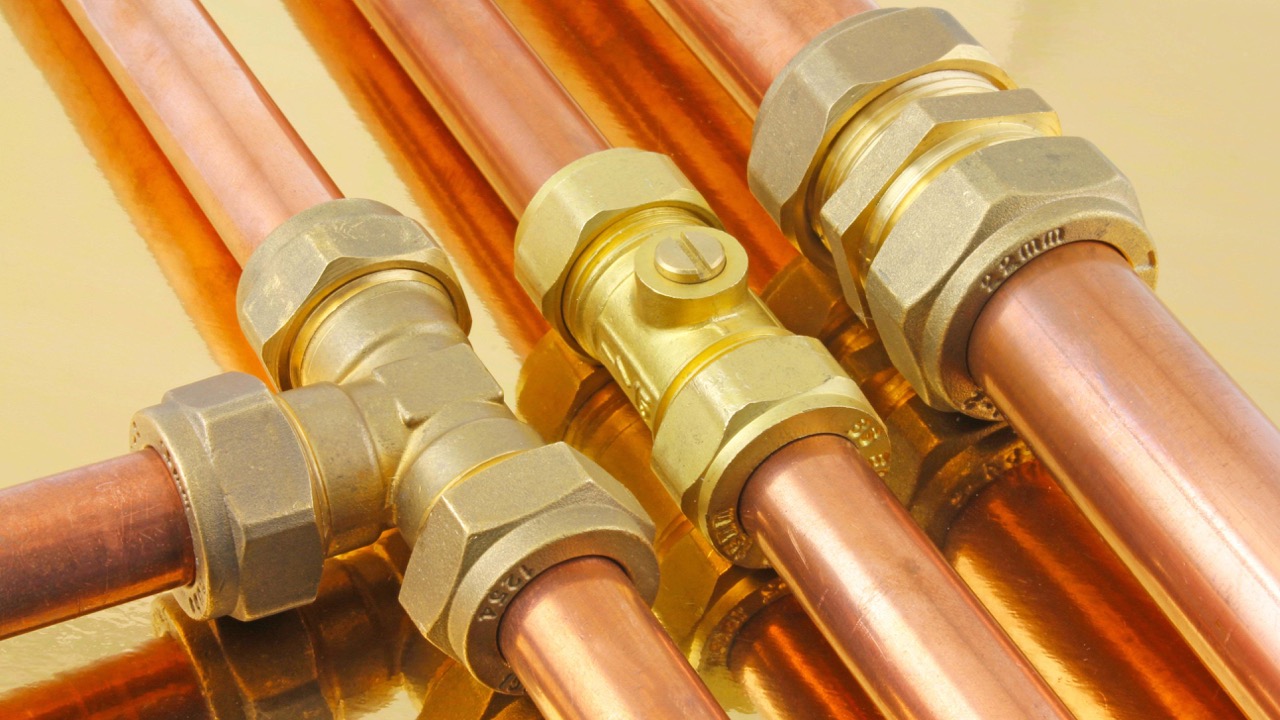
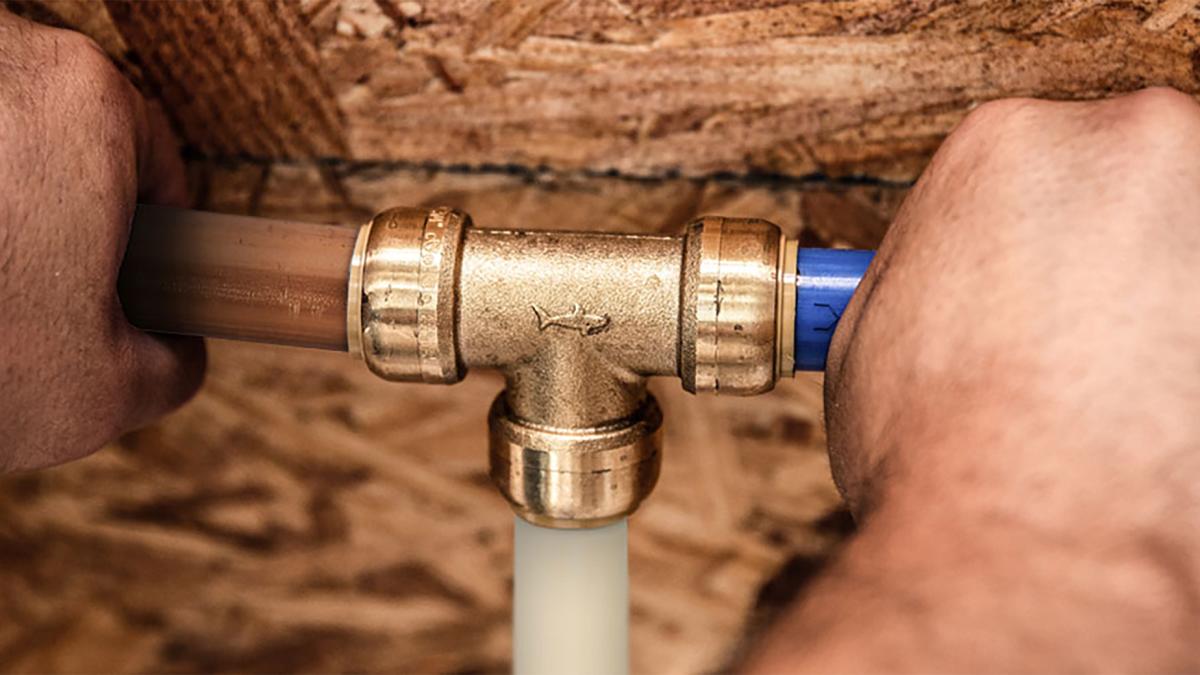
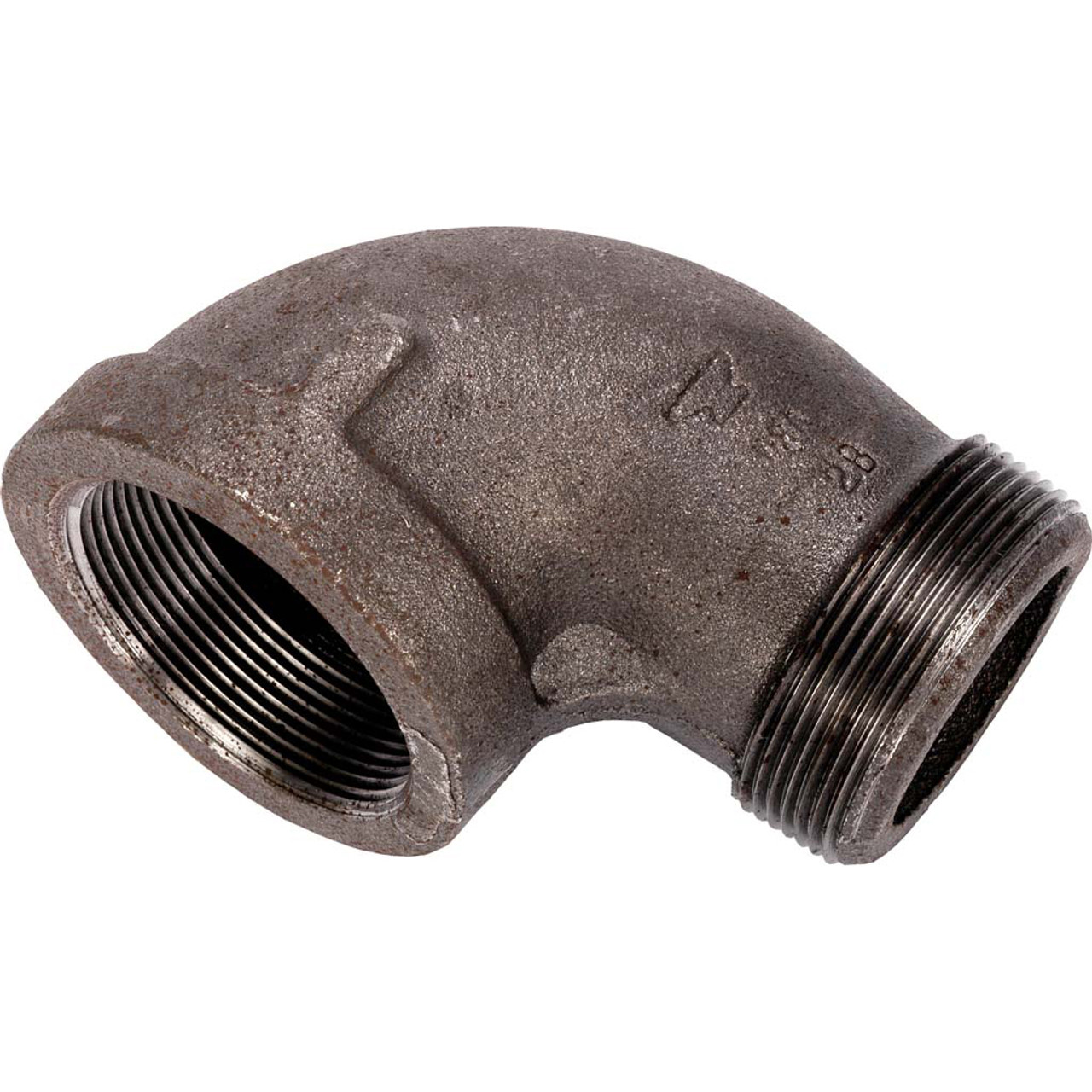
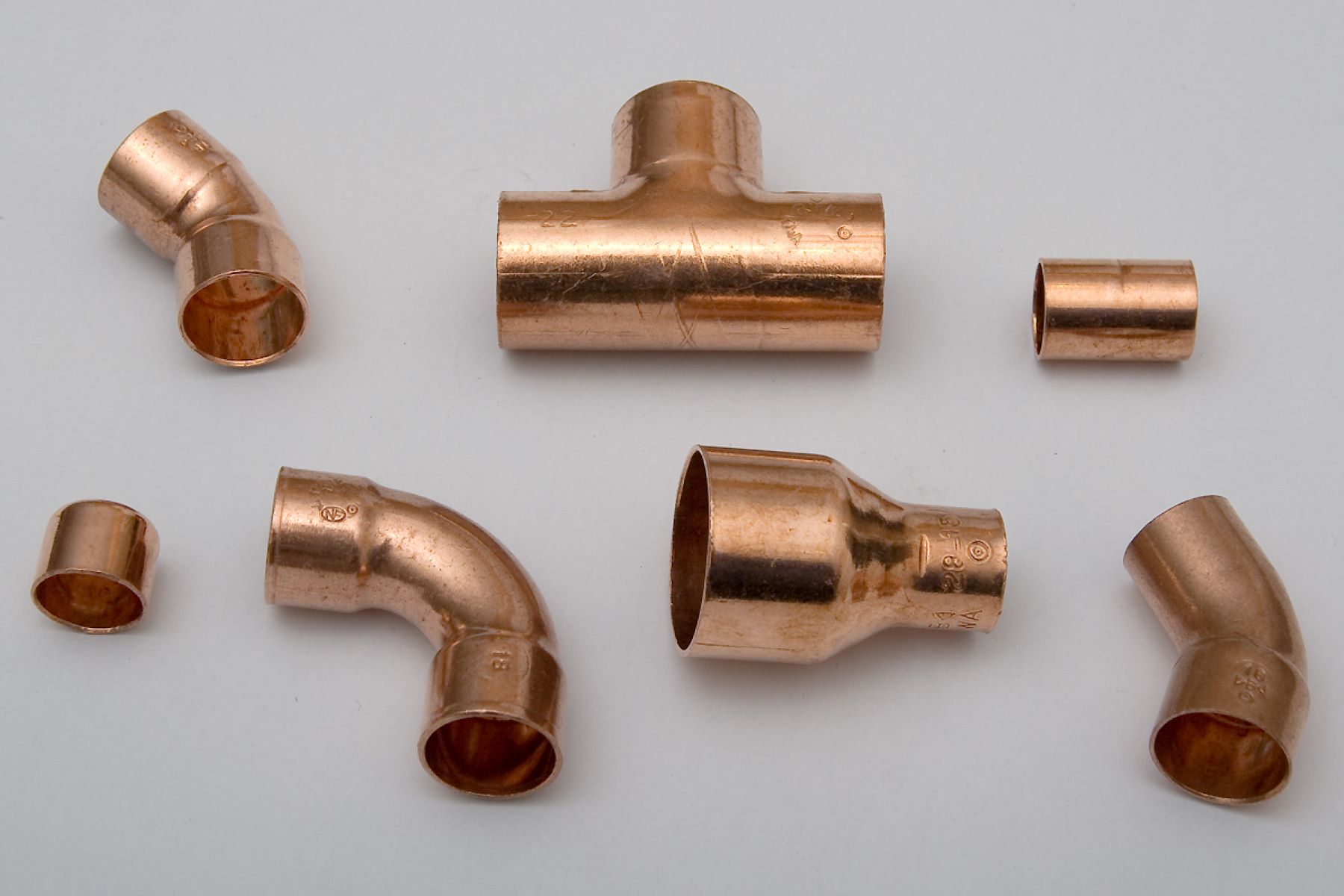
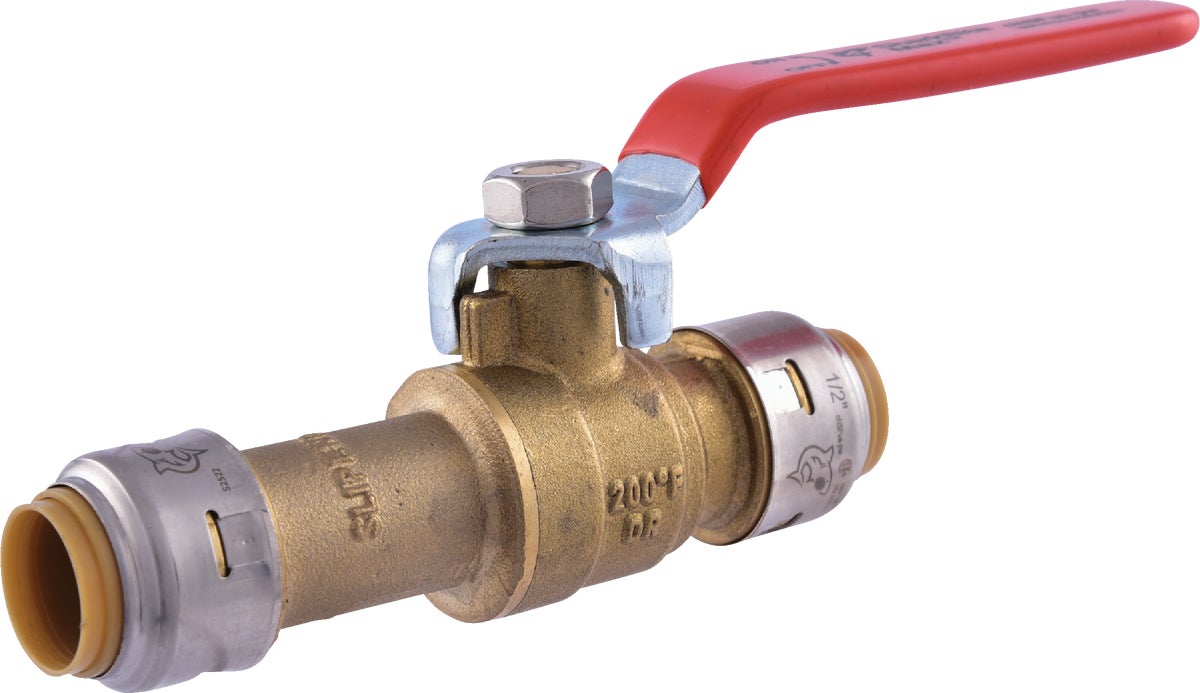
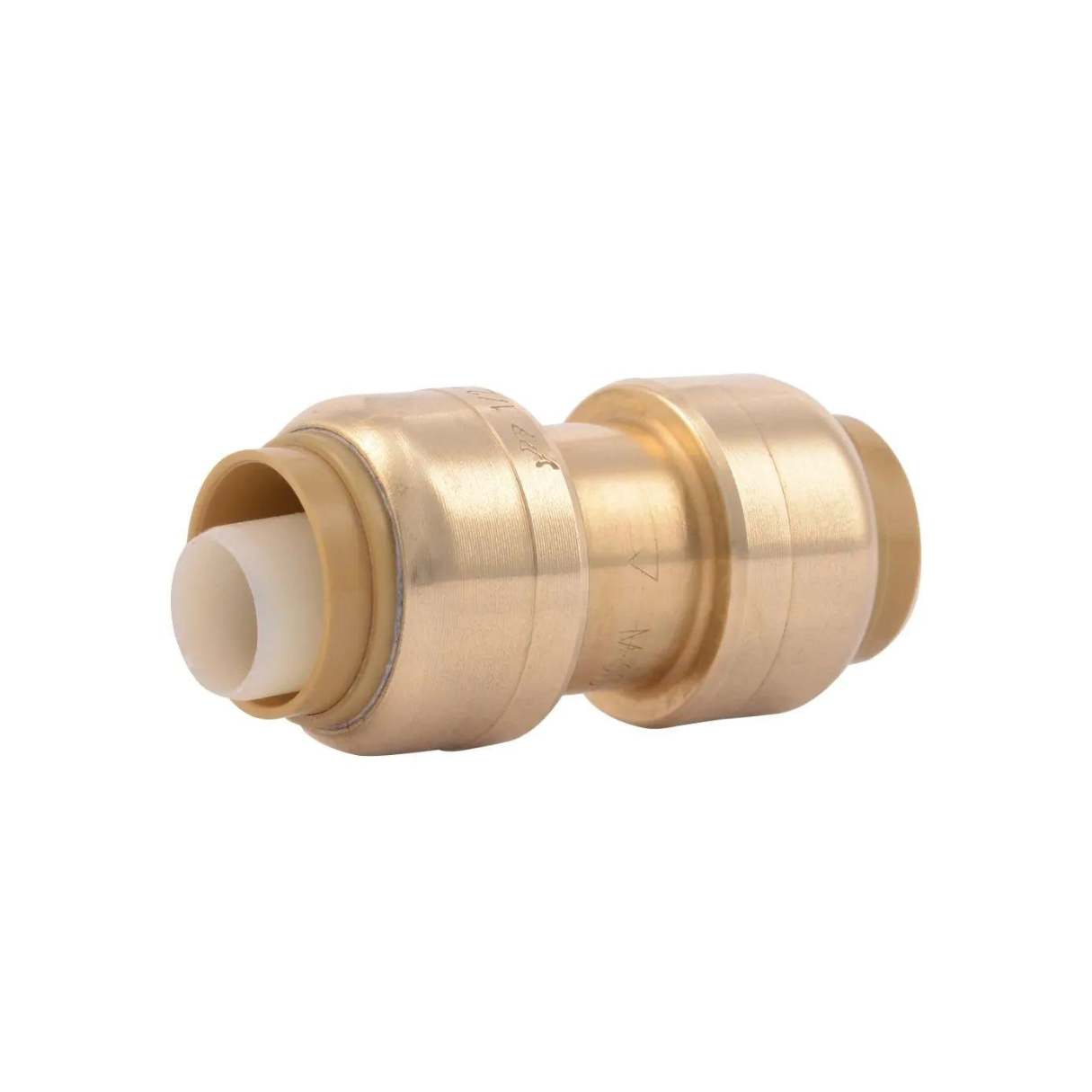
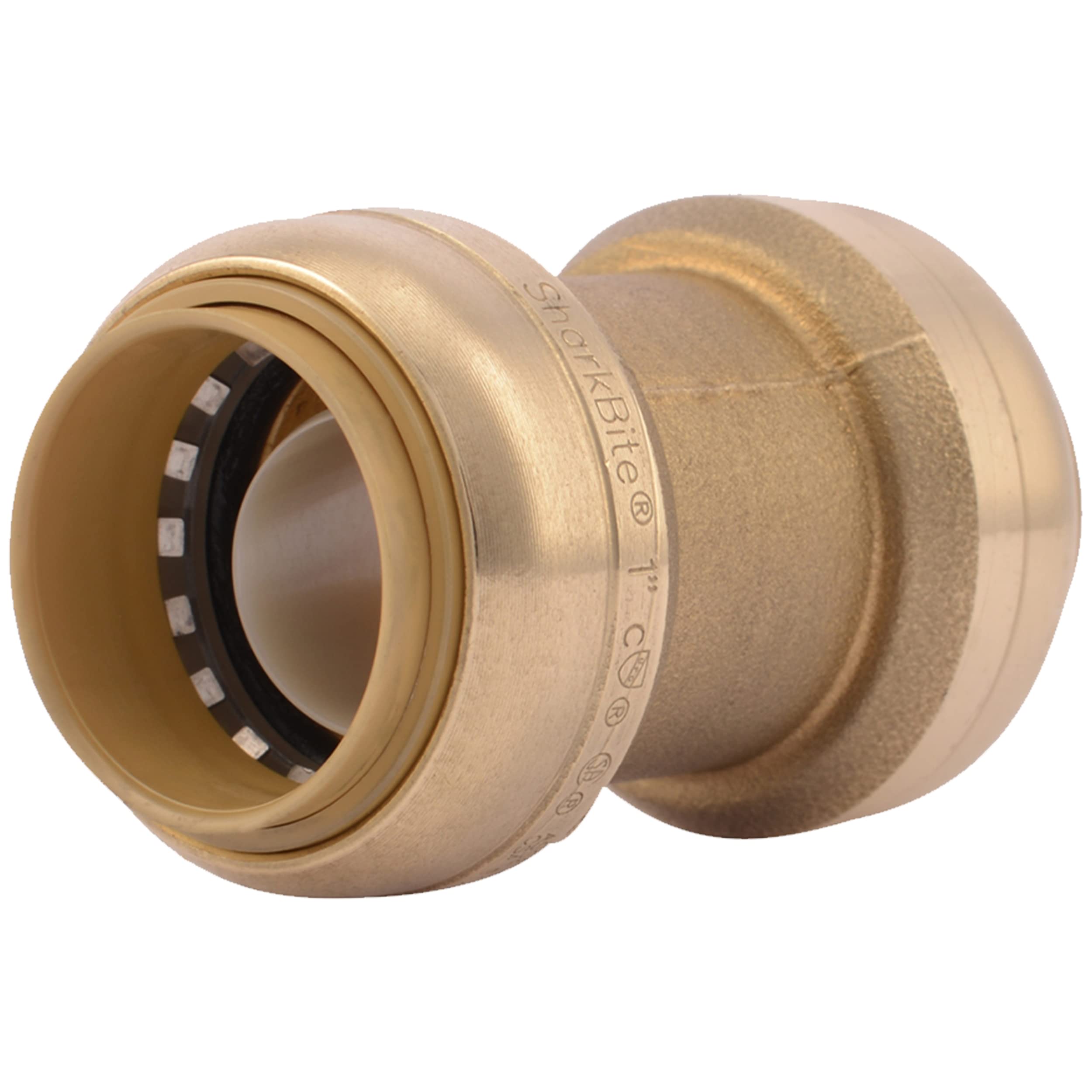
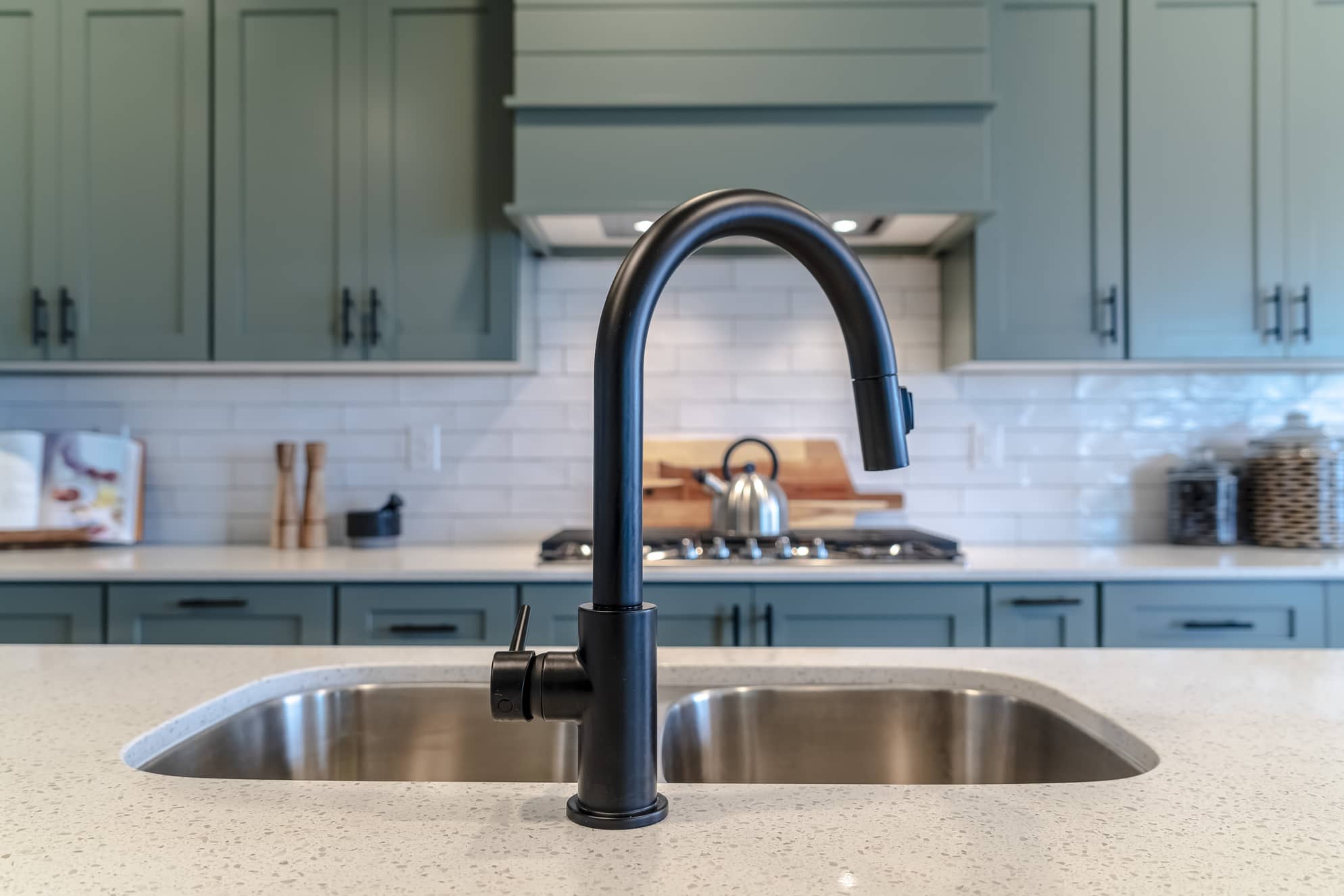
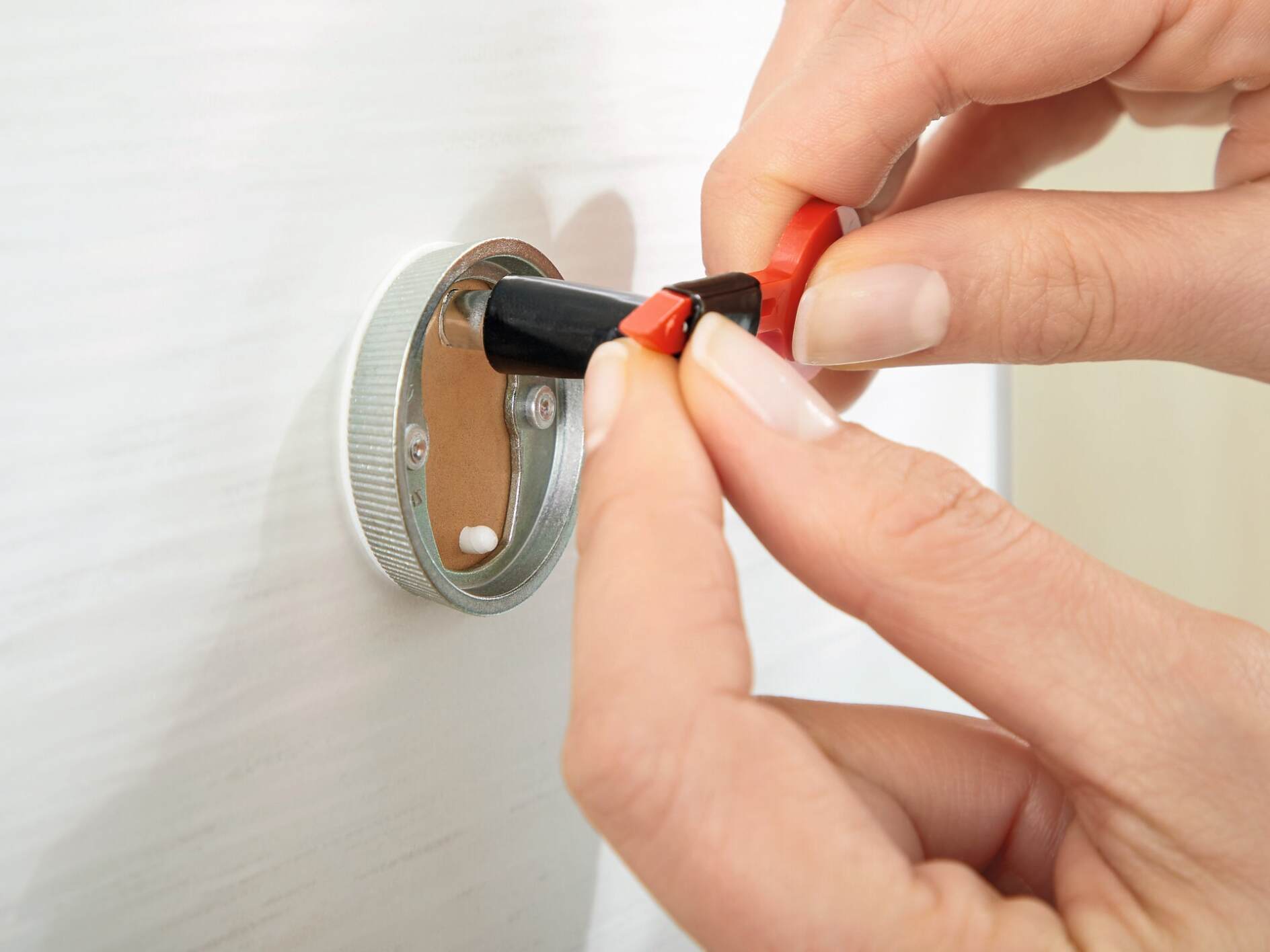
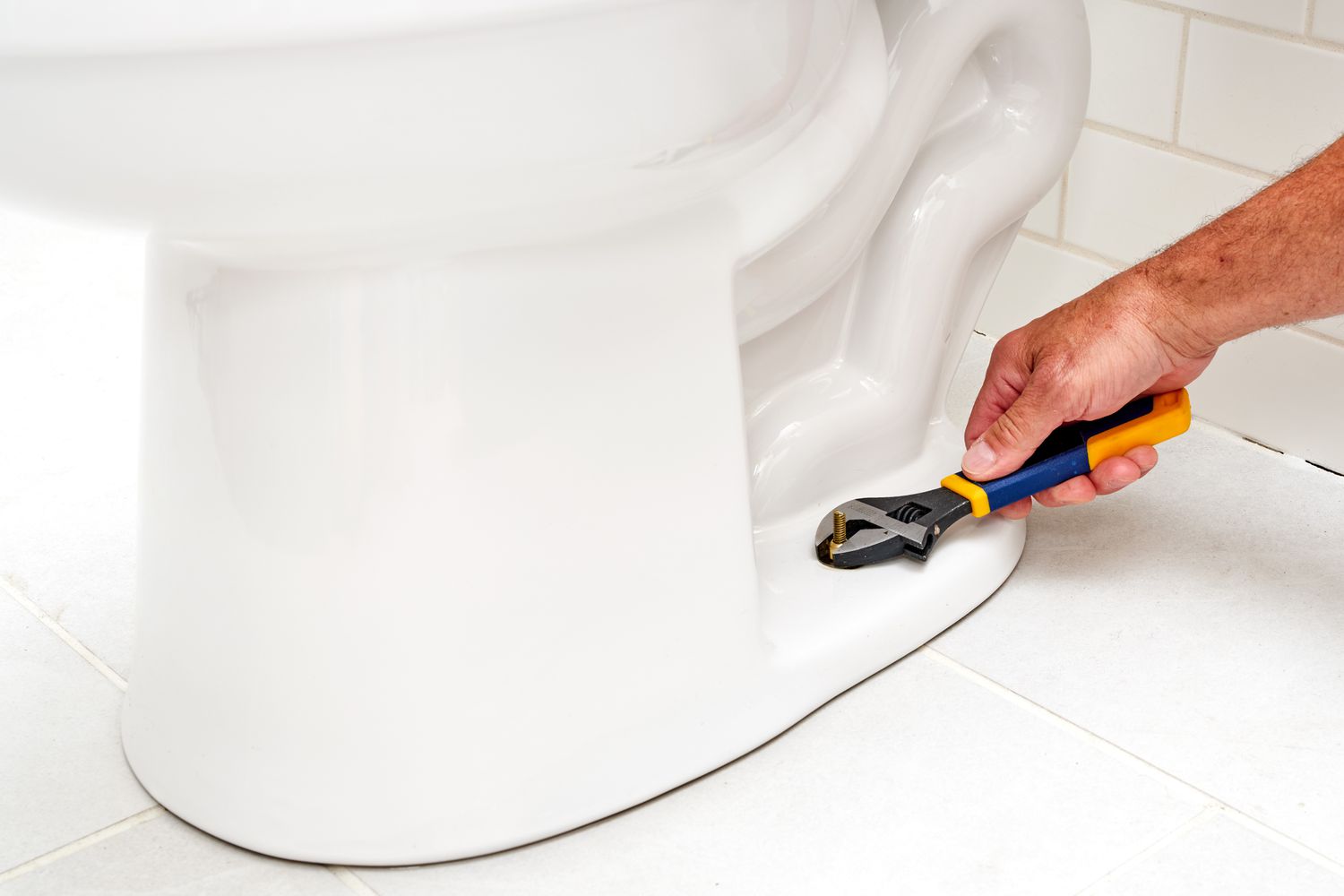
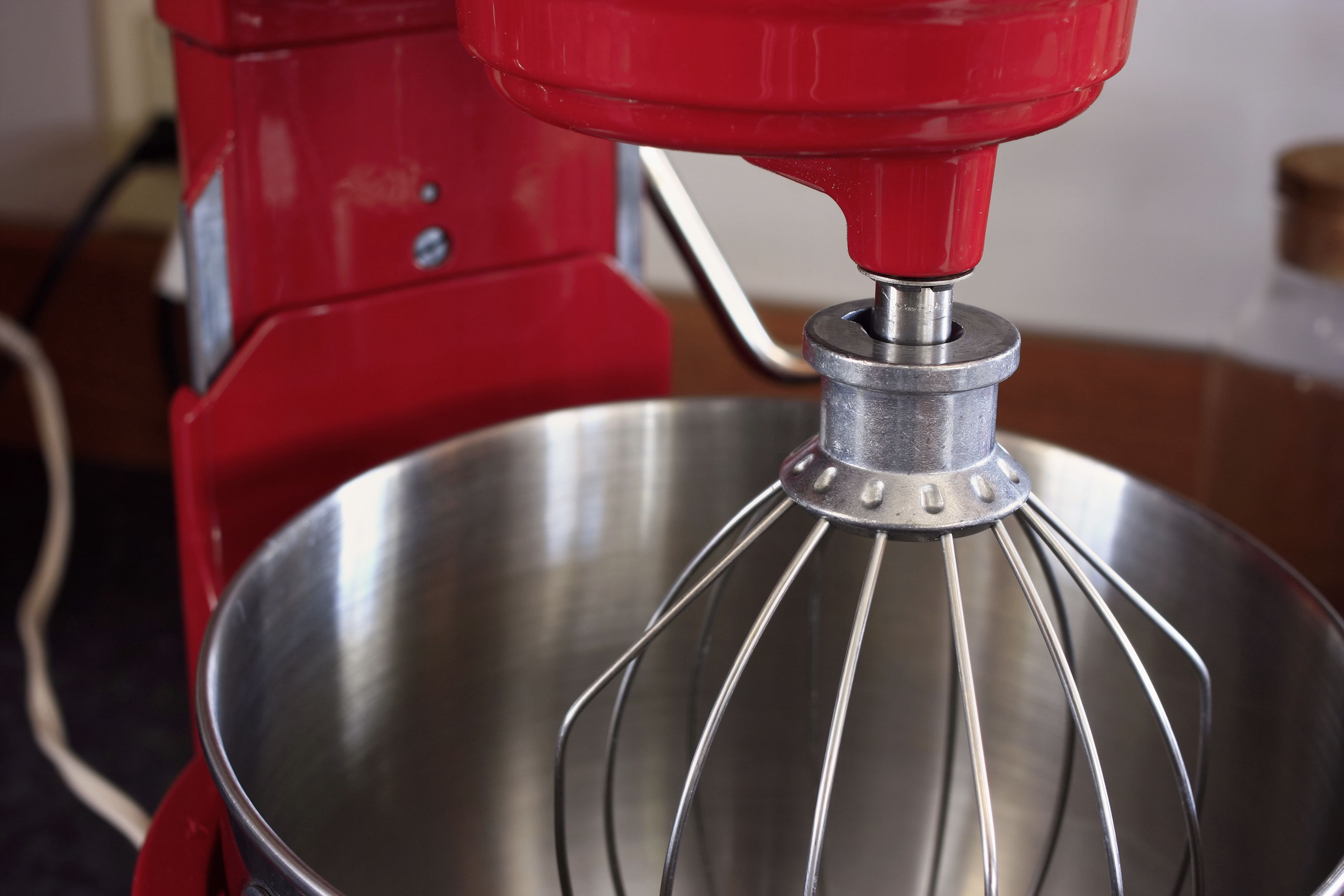
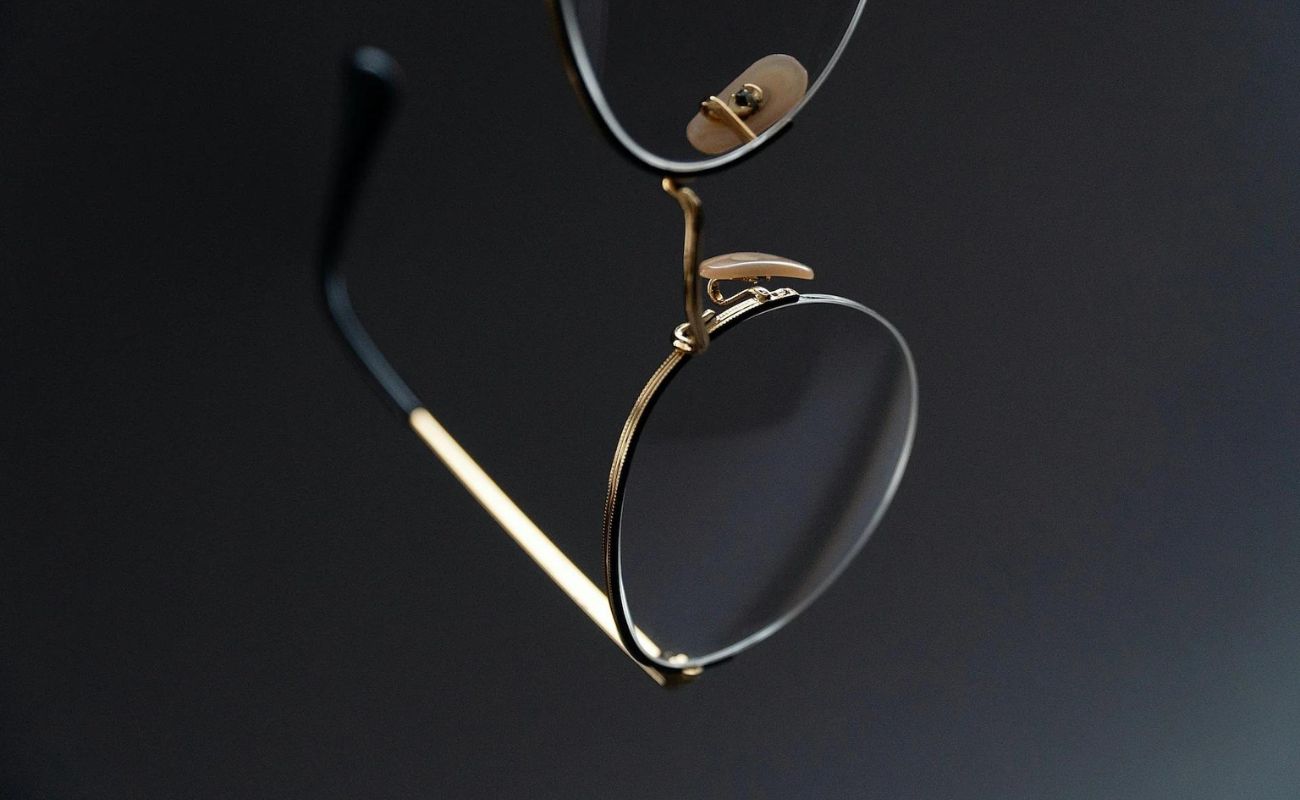
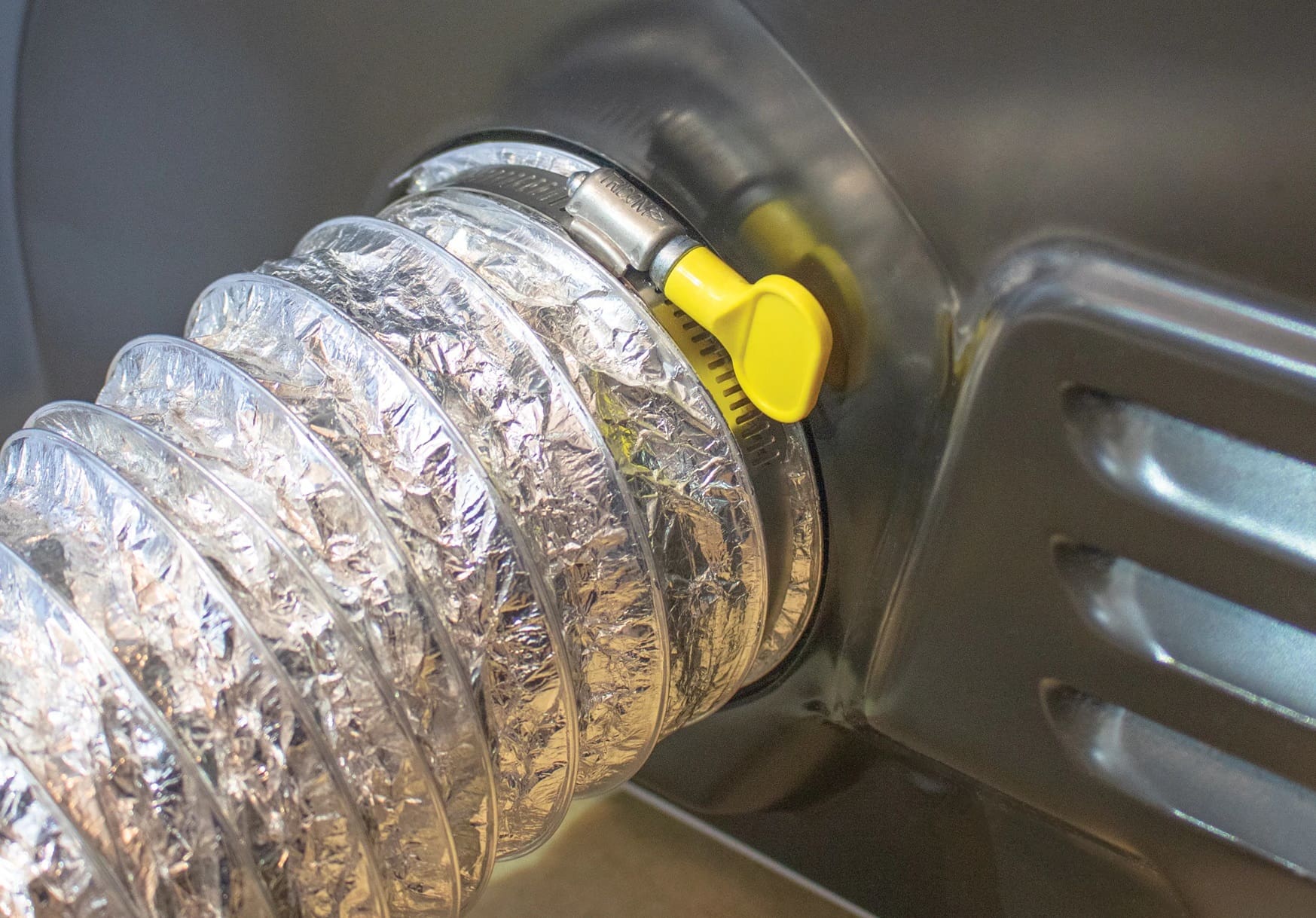
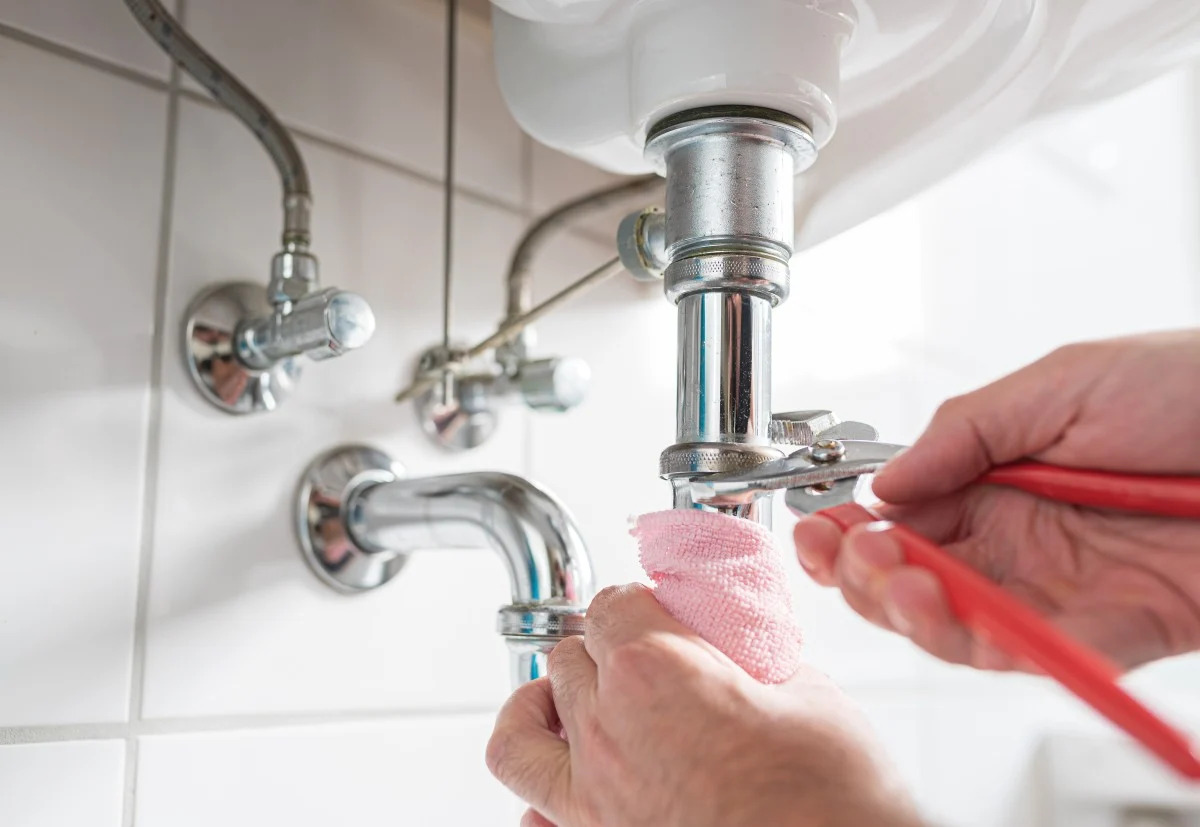

0 thoughts on “How To Tighten Plumbing Fittings”